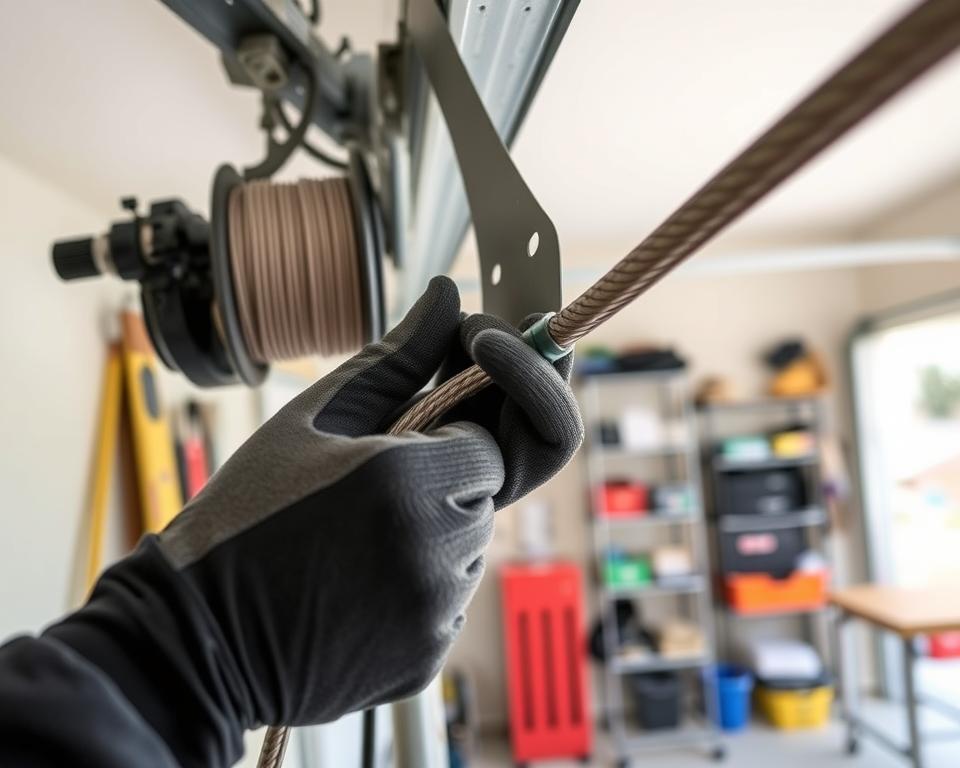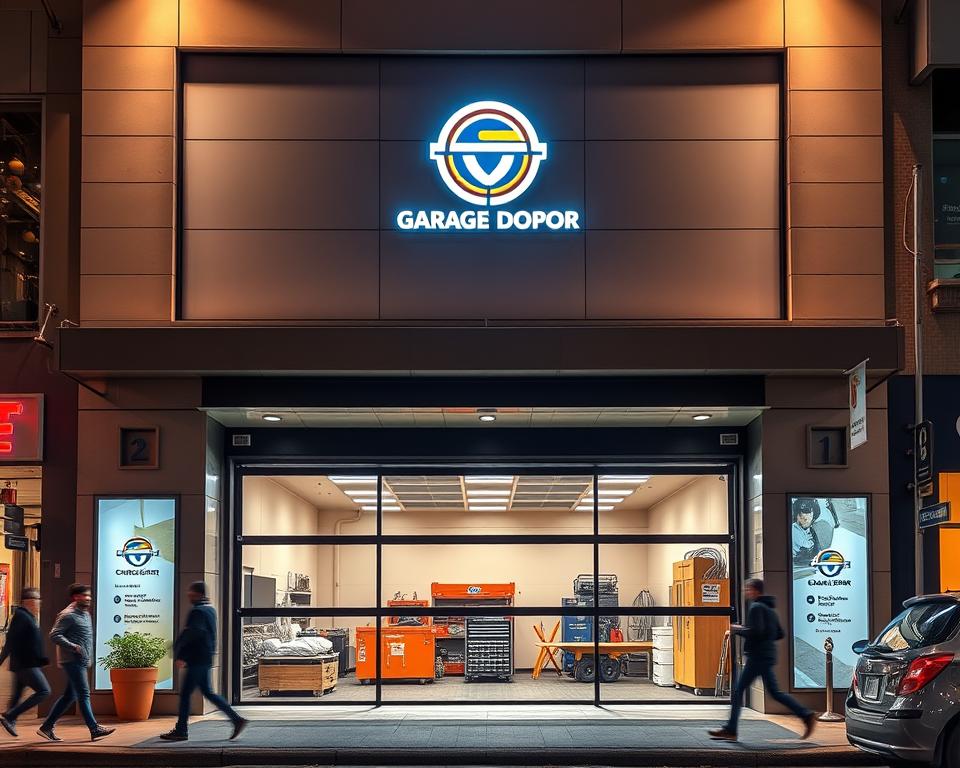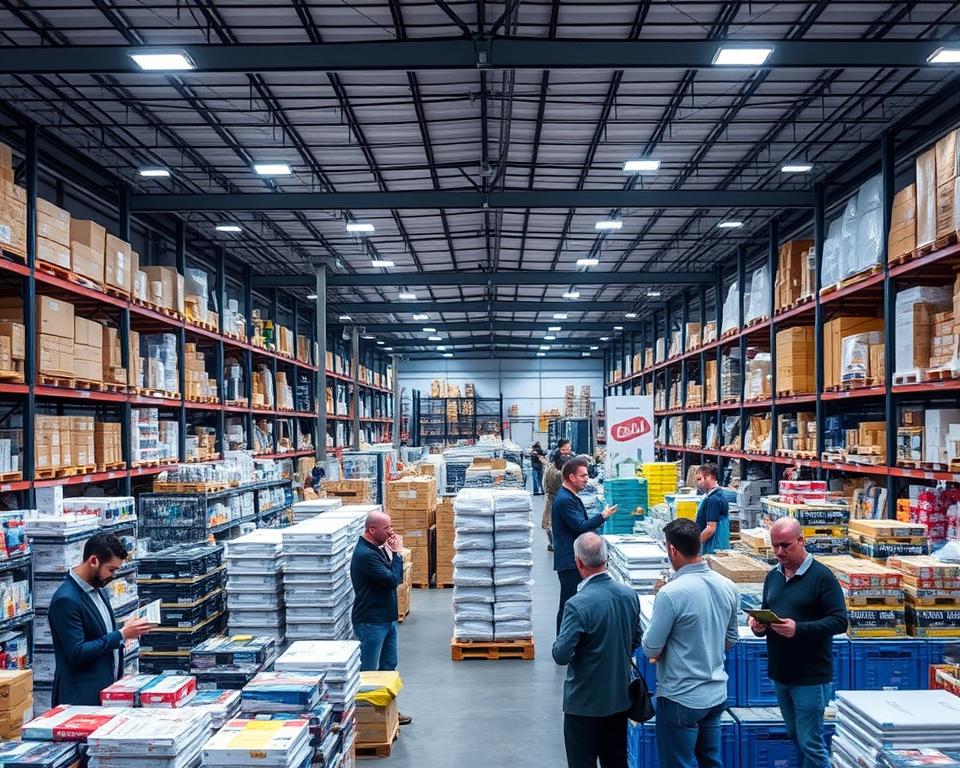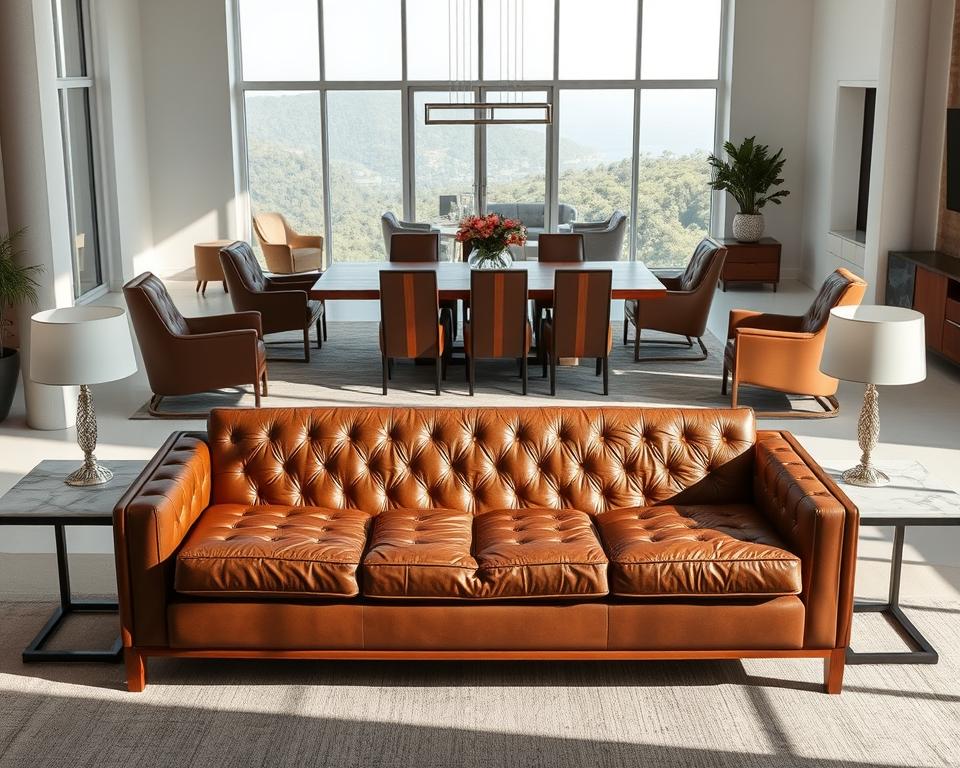Wholesale Party Essentials – KoleImports & Closeouts
Picture a bright day, and you’re arranging a natal party for a dear pal. You dream of everything flawless, from colorful decorations to tasty nibbles. But, as you commence preparing, the expenditures quickly pile up. This is when discount party goods rescue the day. By selecting affordable wholesale party plates, you can make any gathering special without fretting about the finances.
KoleImports & Closeouts is your resource for a wide range of discounted party goods online. They focus on excellence and reasonable pricing, making sure you have everything necessary for memorable celebrations. This way, you can create lasting moments with friends and relatives without exceeding your budget.
Why Select Wholesale Party Essentials?
When organizing an function, the choice of party accessories is critical. Opting for discount goods saves cash and meets all your occasion needs. Buying in bulk provides a economical method to organize a wonderful party without monetary stress.
Economic Advantage of Acquiring in Bulk
Buying in bulk is prudent for those monitoring their finances. Wholesale party items are less expensive per item, ideal for sizable gatherings. This strategy helps prevent overspending, ensuring you have enough without breaking the bank. It’s a revolutionary approach for any event, from anniversary parties to matrimonial ceremonies.
Assortment and Choice for Every Occasion
The array of discount party accessories is vast. You can locate bulk supplies for any occasion, from relaxed to elegant. This diversity enables you to tailor your concept and ornaments to your taste and function. With such options, organizing a one-of-a-kind celebration is both more straightforward and more enjoyable.
KoleImports & Closeouts: Your Preferred Source for Party Supplies
KoleImports & Closeouts has surfaced as a prominent vendor of discount celebration accessories. It provides a wide variety of options for all kinds of celebrations. Known for its concentration on excellence and client happiness, it stands out in a competitive market. Its vast inventory and devotion to affordability make it a leading option for both professionals and occasional party planners.
Overview of the KoleImports Label
KoleImports strives to facilitate event organization with its unique characteristics. It offers premium products and responsive customer service, ensuring a satisfying shopping experience. Many KoleImports reviews laud the organization’s trustworthiness in supplying vital party accessories without compromising quality.
What Sets KoleImports Different from Contenders
KoleImports excels due to its reasonable pricing, vast selection, and streamlined shipping options. These features make buying for bulk party supplies seamless. Clients treasure the personalized care from the customer service team, enhancing allegiance to the business.
Types of Bulk Party Supplies On Offer
KoleImports presents a wide array of wholesale party essentials for all parties. You’ll find stylish bulk party dinnerware to elevate your table arrangement and bulk party decorations to change any setting. Party organizers can discover the optimal items to make their functions memorable.
Wholesale Party Tableware and Their Advantages
Opting for discount party tableware can considerably lower expenditures while securing a cohesive aesthetic for your function. They arrive in different sizes and patterns, matching any cuisine. This flexibility enables for adaptation, ensuring both aesthetics and functionality meet your event’s requirements.

Bulk Party Ornaments for All Motifs
Bulk party embellishments are crucial for establishing the right mood at any function. Whether it’s a natal celebration, nuptial, or corporate function, you’ll locate all necessities from streamers to balloons. These decorations can be styled, providing a expert flair without the usual high costs of function organizing.
Budget-Friendly Party Tokens and Accessories
Budget-Friendly party gifts are ideal for expressing thanks to your guests. From fun novelties to personalized mementos, these goods provide to the experience without straining your finances. Employing budget-friendly party favors enables you to give each visitor a memorable token while staying within financial limits.
How to Buy Party Accessories in Bulk
Purchasing party essentials in bulk is simple once you understand the essentials. Knowing about minimum order quantities is essential. This information helps simplify your online buying and conserves you money.
Understanding Minimum Order Quantities
Discount providers, both online and offline, have baseline order thresholds. These guidelines are in effect to enable you for discount rates. It’s vital to confirm these limits when buying, as they change by merchandise category. Fulfilling these criteria not only saves you funds but also ensures you have sufficient goods for your event.
Strategies for Exploring Online Bulk Retailers
Successful online shopping for party supplies necessitates some techniques. Here are a few tips to improve your journey:
- Use filters: This helps sort items by classification, cost, or availability, making your hunt speedier and more effective.
- Evaluate bulk costs: Always review various choices and providers to locate the optimal bargains on the goods you need.
- Check customer reviews: Perusing about other shoppers’ impressions can inform your decisions and provide insights into merchandise quality.
Final Thoughts
Wholesale party essentials are a game-changer for those on a limited funds. By choosing KoleImports, you gain access to a vast array of superior products. These are excellent for any festivity, ensuring every element is covered without emptying the bank.
The benefits of acquiring in bulk are numerous. Not only do you conserve a significant amount of money, but you also get to select from a broad range of merchandise. Whether it’s a anniversary, nuptial, or corporate event, KoleImports helps you enhance the ambiance with elegant yet affordable supplies.
In the modern world, remarkable events are essential. With KoleImports’ vast collection of party supplies, establishing permanent recollections is easier than ever. Benefit from bulk purchasing and make your future event genuinely memorable.
FAQ
What are the advantages of acquiring wholesale party supplies?
Buying discount party essentials can preserve you resources. It guarantees you have all the necessary products for your event. Purchasing in bulk reduces the price per piece, making it more affordable for sizable get-togethers.
What types of discount party essentials does KoleImports offer?
KoleImports supplies a extensive range of wholesale party essentials. This comprises discount party dinnerware in various proportions, wholesale party embellishments, reduced-price party gifts, and wholesale celebration essentials for any occasion.
How do I ascertain if I’m satisfying minimum order amounts?
When buying at KoleImports, you can discover data on lowest order quantities on the merchandise page. This guarantees you buy the correct quantity to increase discounts.
Can I acquire inexpensive party accessories in bulk for special celebrations?
Certainly! KoleImports focuses in supplying affordable party essentials in bulk. This ensures you have all necessities you require to make your unique event remarkable.
How can I browse the KoleImports online shop effectively?
To navigate the KoleImports online website successfully, employ filters to arrange merchandise swiftly. Contrast bulk rate options and review customer testimonials for enhanced shopping selections.
What sets KoleImports different from other bulk suppliers?
KoleImports distinguishes itself due to its dedication to quality and reasonable prices. It also provides efficient shipping and helpful customer service, making it a reliable selection for bulk party essentials.
Are there choices for designed party essentials?
Yes! KoleImports offers a diverse assortment of wholesale party embellishments and add-ons. These can be customized to match diverse concepts, guaranteeing your event displays your unique taste.
How do I select the right party essentials for my function?
Evaluate the theme, guest count, and finances when choosing party essentials. KoleImports has various options that serve different needs. This makes it straightforward to locate what performs best for your occasion.









